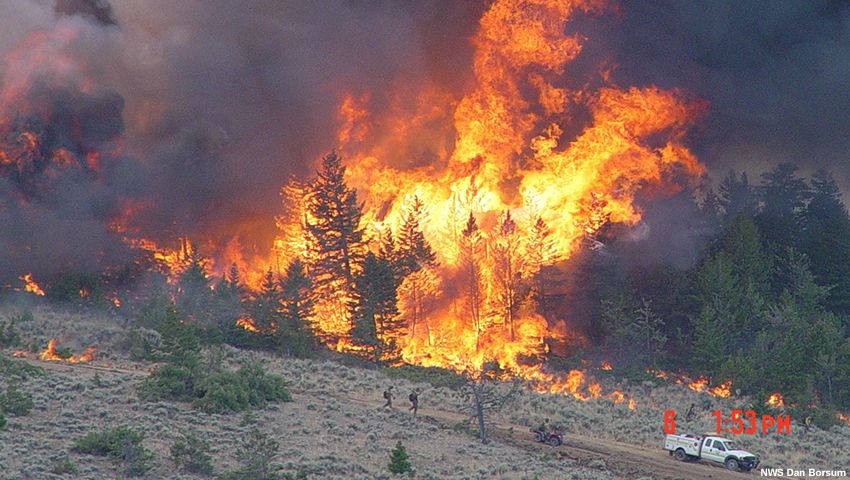Introduction
A fire weather forecaster (or Incident Meteorologist) operates in a world of uncertainty, when viewed from a forecasting and fire-environment perspective. Both perspectives change seasonally, weekly, daily, and hourly because they require continuous monitoring and adjustment in order to reduce the uncertainty in a given situation. This process of monitoring information and adjusting our perspective is known as Situational Awareness (SA).

Most of the training a forecaster initially receives is directed at reducing the uncertainty in the weather forecast. With experience, a forecaster begins to consider other factors that may increase the significance of the expected weather. For example, a 3-inch snow storm may or may not create significant impacts, but whether most of that snow falls during a morning commute would be an important factor to assess in this situation.
Effective service to the fire community drives forecasters to monitor additional data sets that include information about fuels dryness, location and number of firefighting resources, and status reports from incidents. This multiplies the inputs into decision making, and produces increased variability and uncertainty. Managing this variability comes with experience. By working to enhance your SA, you can become effective at staying a step ahead of evolving situations.